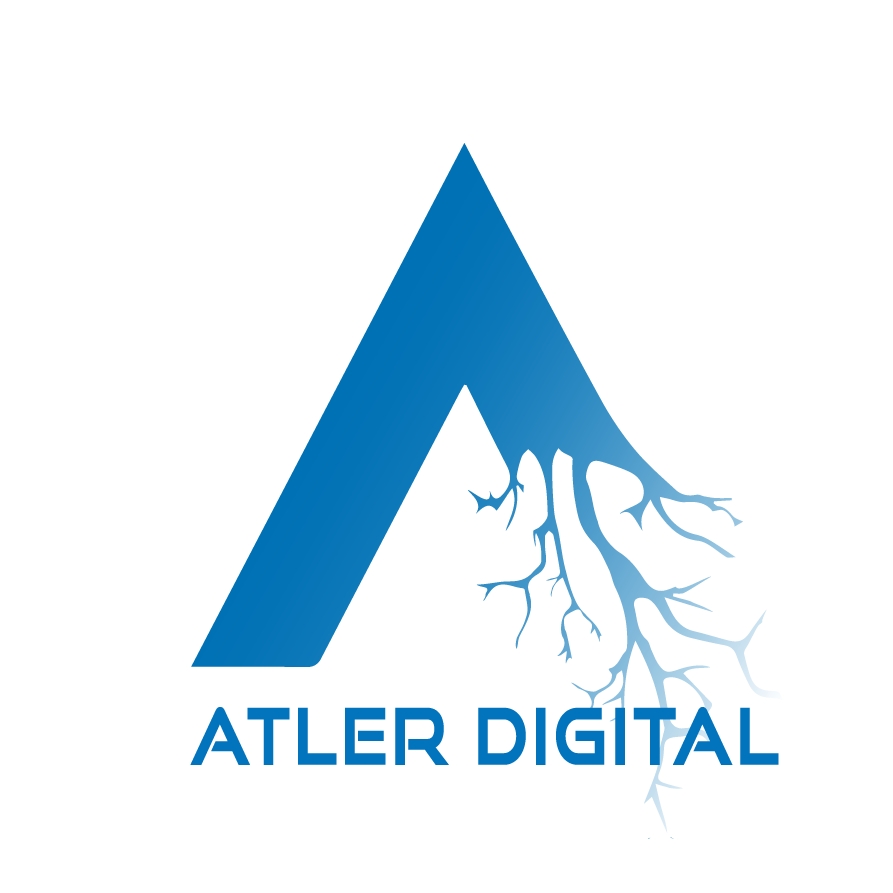Maximizing sales: the ultimate eshop development guide
Establishing a successful online store is a multifaceted endeavor that requires a strategic approach to eshop development. In today's digital marketplace, simply having a website is not enough. Businesses must create an engaging, user-friendly, and SEO-optimized eshop to stand out from the competition and maximize sales.
Understanding Your Target Audience
To create an eshop that resonates with your customers, you must first understand their needs and preferences. This involves researching your market, analyzing customer behavior, and staying up-to-date with industry trends.
Developing detailed customer personas can help tailor your eshop's design and content to better meet the expectations of your target audience. Personas should include demographic information, buying habits, pain points, and motivations.
Designing for Conversion
An intuitive and easy-to-navigate interface is crucial for keeping potential customers engaged. A well-organized layout with clear categories and a simple search function can significantly enhance the user experience.
With the increasing prevalence of mobile shopping, your eshop must be fully optimized for mobile devices. This means responsive design, fast loading times, and accessible features on smaller screens.
High-resolution images and detailed product descriptions are essential for providing customers with a clear understanding of your offerings. This transparency builds trust and can lead to higher conversion rates.
Seamless Checkout Process
A complicated checkout process is one of the top reasons for cart abandonment. Streamlining the process by reducing the number of steps and requiring minimal information can help retain customers through to purchase.
Offering a variety of payment options caters to a broader audience and can reduce friction during the checkout process, potentially increasing sales.
SEO Strategies for Eshops
Identifying the right keywords is the foundation of any successful SEO strategy. Use keyword research tools to find terms that your target audience is searching for and incorporate them into your eshop's content.
On-page SEO involves optimizing individual web pages to rank higher in search engines. This includes using relevant keywords in titles, meta descriptions, and headers, as well as ensuring high-quality content throughout your eshop.
Technical SEO focuses on improving the technical aspects of your website to enhance search engine crawling and indexing. This includes optimizing site speed, mobile-friendliness, and site architecture.
Integrating Social Proof
Incorporating customer reviews and testimonials can significantly influence purchasing decisions. Displaying these elements prominently on your eshop can enhance credibility and trust.
Trust badges and certifications signal to customers that your eshop is secure and reliable. This can be particularly important for new customers who are deciding whether to make a purchase.
Utilizing Analytics and Feedback
Analytics tools can provide valuable insights into how users interact with your eshop. Use this data to make informed decisions about design, layout, and product offerings.
Collecting customer feedback and regularly reviewing analytics should be an ongoing process. This allows for continuous improvement and adaptation to changing customer needs and market conditions.
Marketing Your Eshop
Email marketing remains one of the most effective ways to reach and engage with customers. Use personalized emails to promote new products, sales, and exclusive offers.
Building a strong presence on social media platforms can help increase brand awareness and drive traffic to your eshop. Engage with your audience through regular posts, interactive content, and customer service.
Creating valuable content such as blog posts, how-to guides, and videos can attract visitors to your eshop. This content should be informative, relevant, and optimized for search engines to improve visibility.






Comments (0)